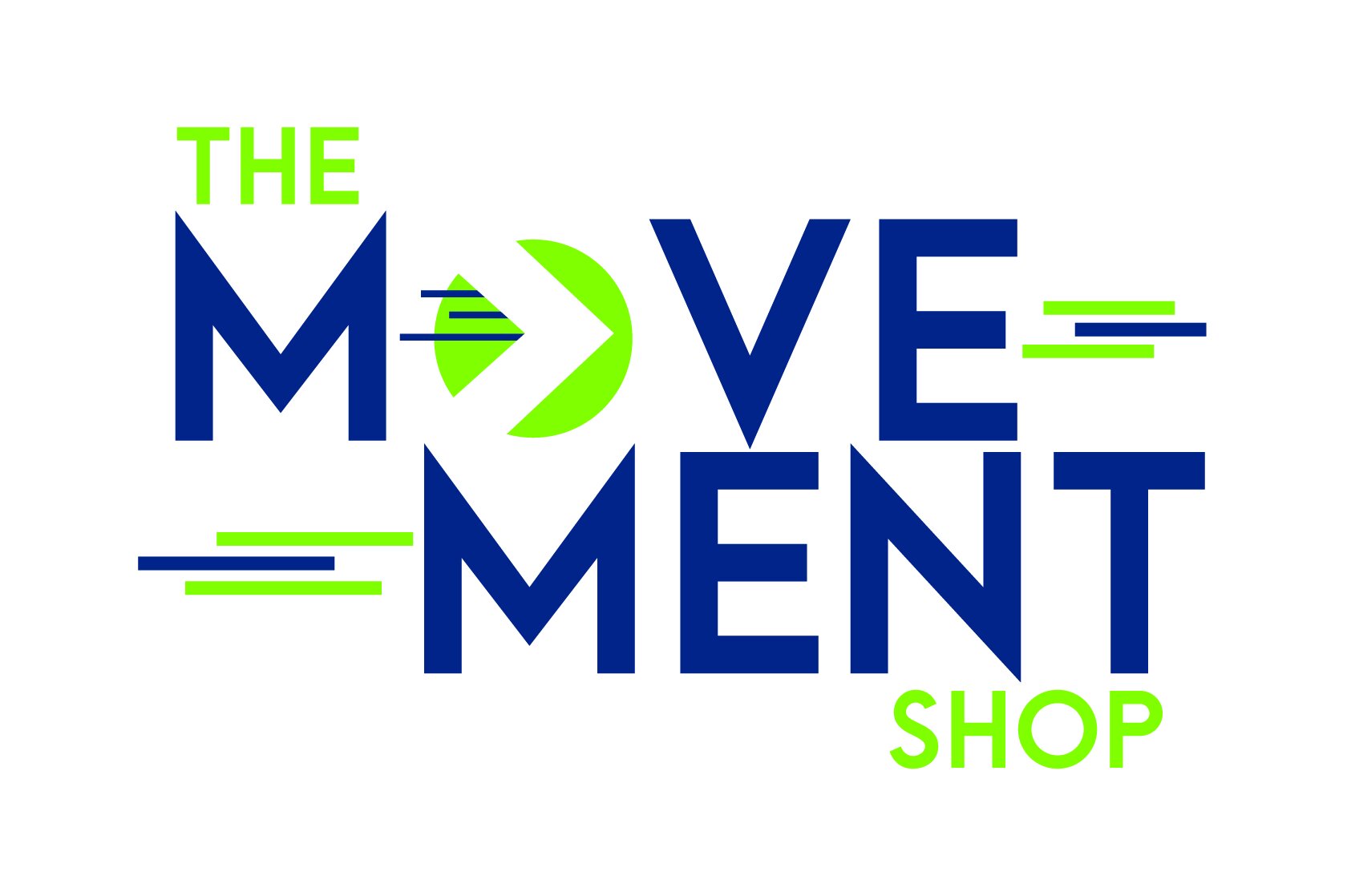Unlocking the Key to Health and Stability: Understanding the Importance of Gait Speed
In the journey towards optimal health and well-being, there's a silent yet significant indicator that often goes unnoticed: gait speed. Far beyond just the pace at which we walk, gait speed holds valuable insights into our overall health, fall risk, and vitality. Let's delve into why gait speed matters, its implications for health, and how it can be optimized to enhance stability and quality of life.
Why Gait Speed Matters
Gait speed, simply put, refers to the speed at which an individual walks a certain distance. It serves as a fundamental measure of mobility, balance, and muscle strength, offering valuable clues about one's functional abilities and overall health status. Studies have consistently shown that gait speed is strongly associated with various health outcomes, making it a crucial metric for assessing an individual's well-being.
Implications for Health
Cardiovascular Health: Research has linked slower gait speed to a higher risk of cardiovascular events such as heart attacks and strokes. A brisk walking pace indicates better cardiovascular fitness and a lower likelihood of developing cardiovascular diseases.
Musculoskeletal Health: Gait speed reflects the integrity of the musculoskeletal system, including muscle strength, joint function, and bone density. Individuals with slower gait speed may be at increased risk of musculoskeletal conditions such as osteoporosis and arthritis.
Cognitive Function: Surprisingly, gait speed has also been correlated with cognitive function. Studies suggest that slower walking speed may be indicative of cognitive decline and an increased risk of dementia later in life.
Fall Risk: Perhaps most importantly, gait speed is a strong predictor of fall risk among older adults. Slower gait speed is associated with impaired balance and stability, predisposing individuals to falls and related injuries, which can have serious consequences for overall health and independence.
Optimizing Gait Speed
The good news is that gait speed is not set in stone and can be improved through various lifestyle interventions and targeted exercises. Here are some tips for optimizing gait speed and promoting overall health:
Stay Active: Regular physical activity, including walking, jogging, and strength training, can improve muscle strength, flexibility, and cardiovascular fitness, leading to faster gait speed.
Maintain Good Posture: Proper posture is essential for efficient walking. Practice standing tall with your shoulders back and core engaged to optimize your gait mechanics.
Balance and Stability Training: Incorporate exercises that challenge balance and stability, such as tai chi, yoga, and specific balance drills, to enhance your ability to walk confidently and reduce fall risk.
Healthy Lifestyle Choices: Adopting a healthy lifestyle, including a balanced diet, adequate hydration, sufficient sleep, and stress management, can positively impact gait speed and overall well-being.
Gait speed may seem like a simple measure, but its implications for health and longevity are profound. By understanding the importance of gait speed and taking proactive steps to optimize it, we can enhance our physical function, reduce fall risk, and improve overall quality of life. Prioritize your mobility and stride towards a healthier, more stable future.
For more tips on improving gait speed and enhancing your health, stay tuned to our blog. Remember, every step counts towards a brighter, more vibrant tomorrow.
The Movement Shop is dedicated to promoting health and wellness in our community. Contact us today to learn more about how we can support your journey to optimal well-being.
